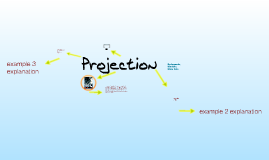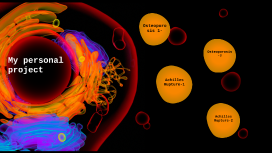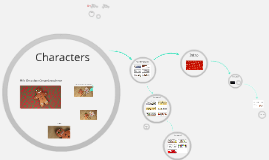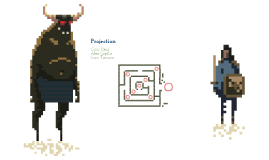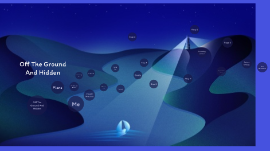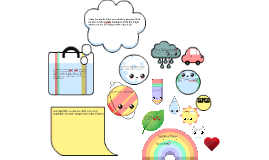Projection
Transcript: tactile surface by Disney. One main feature of our algorithm is that it is light weight and can easily be implemented in real-time. (a) A 3D model of objects can be zoomed and panned in real-time to sense fine edge and protruding features of the object. (b) Similarly, the algorithm is scaled to render fine tactile features on live video stream. we propose that the perception of a 3D “bump” is created when local gradients of the virtual bump are mapped to lateral friction forces. Our algorithm is concise, light and easily applicable on static images and video streams. underlying hypothesis is that when a finger slides on an object then minute surface variations are sensed by friction-sensitive mechanoreceptors in the skin. The model was then incorporated into an algorithm that dynamically modulates the frictional forces on a sliding finger so that they match the tactile properties of the visual content displayed on the touch screen along the finger's path. In this project, we develop and apply a tactile rendering algorithm to simulate rich 3D geometric features (such as bumps, ridges, edges, protrusions, texture etc.) on touch screen surfaces. Thus, modulating the friction forces between the fingertip and the touch surface would create illusion of surface variations. someone who feels the surface of the table can feel the tops of each mountain, each valley depth, used electrovibration to modulate the friction between the sliding finger and the touch surface with electrostatic forces. We first determined a psychophysical relationship between the voltage applied to the display and the subjective strength of friction forces, and then used this function to render friction forces directly proportional to the gradient (slope) of the surface being rendered. The Rendering algorithm is being developed at Disney Research Pittsburgh by Seung-Chan Kim, Ali Israr, and Ivan Poupyrev. The project video is created and compiled by Kaitlyn Schwalje. To validate our approach, we used an electro-vibration based friction display to modulate the friction forces between the touch surface and the sliding finger. From the depth field, we calculate gradient field (c) and render haptic feedback when the finger moves on the 2D image of the object (d). Oct. 8-11, in St Andrews, Scotland.






